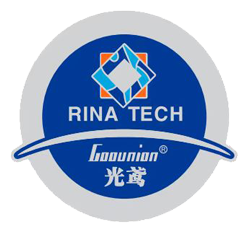In recent years, LED bars have become increasingly popular due to their energy efficiency, long lifespan, and versatility. However, manufacturing and assembly of LED bars can pose several challenges that must be overcome to ensure high-quality products. In this blog post, we will discuss some of the common challenges in LED bar manufacturing and assembly and how to overcome them.
- Heat Dissipation
One of the most significant challenges in LED bar manufacturing is heat dissipation. LED bars generate a significant amount of heat during operation, which can damage the LEDs and reduce their lifespan. To overcome this challenge, manufacturers must design LED bars with efficient heat dissipation systems. This can include adding heat sinks, thermal pads, and fans to the design. Additionally, manufacturers must ensure that the materials used in the LED bar are suitable for high-temperature environments. - Color Consistency
Another challenge in LED bar manufacturing is maintaining color consistency. LED bars can produce a wide range of colors, but it is essential that the color remains consistent across all LEDs in the bar. To achieve this, manufacturers must carefully select LEDs with similar characteristics and use advanced color calibration techniques during assembly. - Waterproofing
LED bars are often used in outdoor environments, which means they must be waterproof to prevent damage from rain or moisture. Achieving waterproofing can be a significant challenge, as it requires careful sealing of all components and connectors. Manufacturers must use high-quality sealing materials and ensure that all seals are properly installed and tested before shipping the product. - Assembly Efficiency
Efficient assembly is critical to reducing production costs and ensuring consistent quality. However, LED bar assembly can be a time-consuming and labor-intensive process, which can increase costs and lead times. To overcome this challenge, manufacturers can invest in advanced automation equipment and streamline their assembly processes. This can include using pick-and-place machines for component placement and using automated testing equipment to ensure quality control. - Quality Control
Ensuring consistent quality is essential in LED bar manufacturing to prevent defects and reduce warranty claims. Quality control processes must be implemented throughout the manufacturing process, from component selection to final testing. Manufacturers can use advanced testing equipment to check for defects and ensure that all components meet specifications.
In conclusion, LED bar manufacturing and assembly pose several challenges that must be overcome to ensure high-quality products. Manufacturers must address challenges such as heat dissipation, color consistency, waterproofing, assembly efficiency, and quality control to produce reliable and durable products. By investing in advanced equipment and processes, manufacturers can streamline their operations and deliver products that meet customer expectations.
More about LED Bar to understanding, please visit: RINA TECH Youtube Channel
